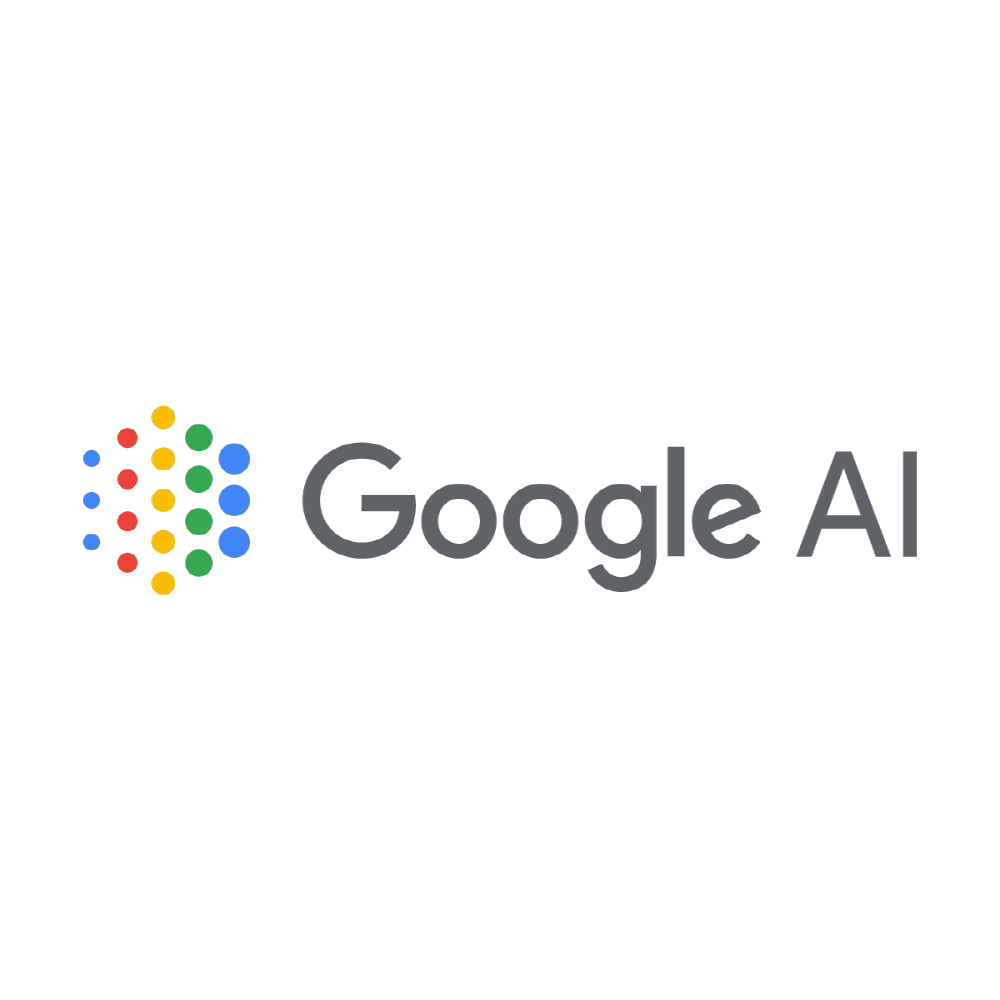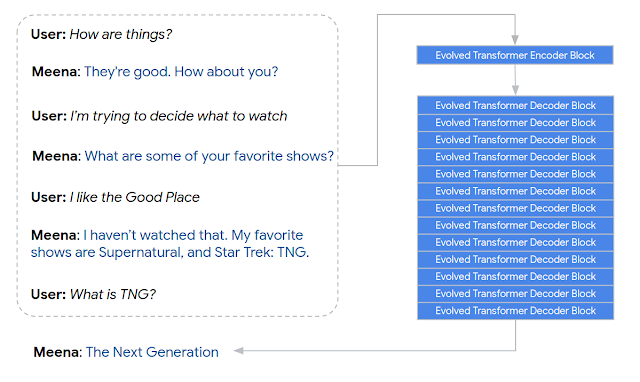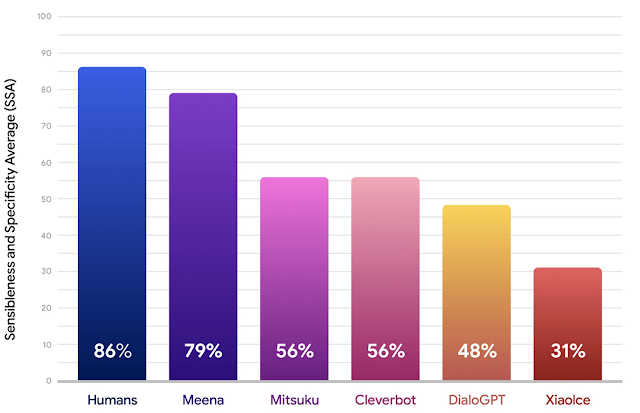
AI, which can talk to people like Apple Siri and Amazon Alexa, can answer human questions properly or even joke. However, it is true that in the case of a conversation rather than a question-and-answer exchange, people cannot communicate well only if they are considerate of AI and speak. In the midst of this, Google has developed an AI capable of natural conversation using deep learning, and the results of comparison with other chatbots and actual conversation examples are disclosed.

Meena, an AI developed by Google, uses one of the methods for generating sentences by neural networks (Evolved Transformer seq2seq). The input dialogue is encoded as a number, and the number is converted into a conversation by 13 decoders. The conversation quality was improved by implementing many decoders. For training, a 341GB text file of conversations collected on social media was used.

In line with Mina’s development, Google designed a test SSA (Sensibleness and Specificity Average) to determine the ability of chatbots to conduct general conversations. Mina was tested by SSA. SSA evaluates whether humans actually talk to chatbots and whether the story makes sense and whether there are restrictions on answers.

As a result of using SSA on people, Mina, and Cloverbots, Mina showed better results than other chatbots and recorded a score close to that of humans. Also, on GitHub, a text file of the actual conversation was released. In this AI development, Google was focusing on the rationality of the story and the qualities of answers, but in the future, it plans to emphasize individuality and facts. In addition, it is mentioned that AI will conduct research on learning about discrimination against women and racism in human speech, and research on the safety and prejudice of chatbots. Related information can be found here .


















Add comment